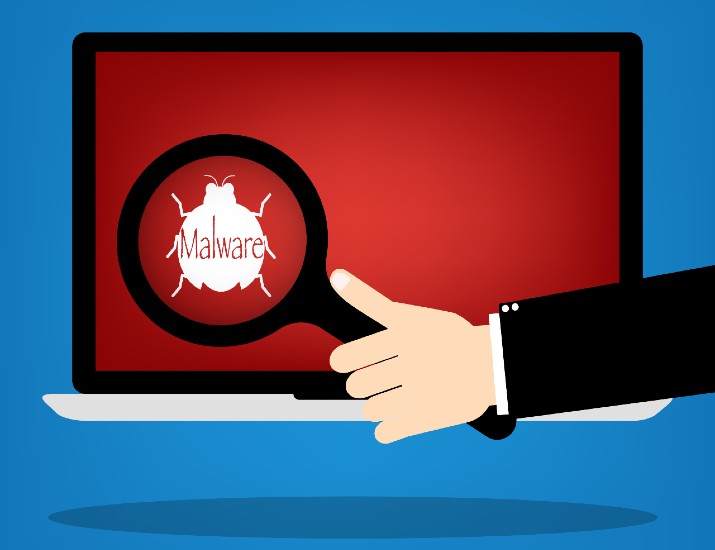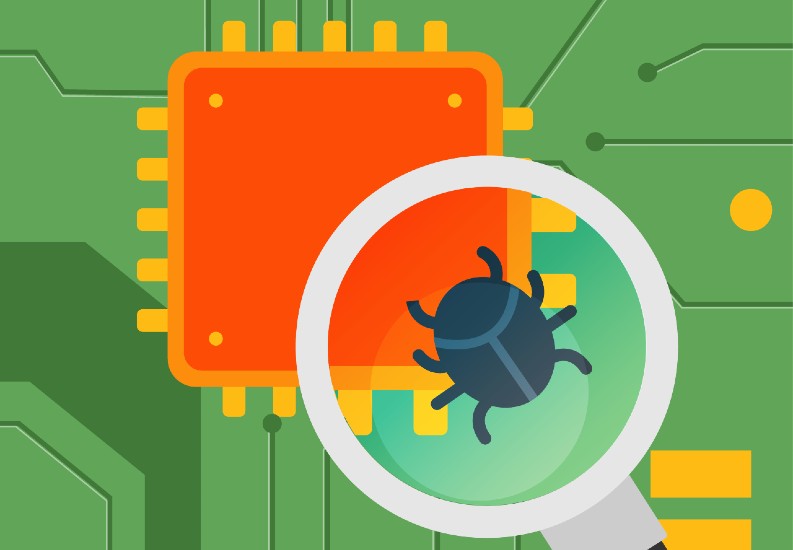Malware And Its Defense Mechanism: Safeguarding Against Metamorphic And Polymorphic Malware
How to face more advanced and sophisticated forms of Malware.
Malware is considered as one of the biggest continually evolving and increasing cyber-threats hindering the smooth functioning of huge enterprises and SMBs alike. According to Symantec’s Internet Security Report of 2017, 1 in every 131 email transactions contains malware. The count of new malware variants reached 357 million in 2016.
Table of Contents

Malware is no more a predictable and stable software. It appears in more advanced forms, and one of the newest variations is the malware that transforms with time. Security solutions can’t shun these threats due to their continually evolving nature. According to ScienceSoft, malware was used in 56% of all attack cases during 2018, showing just how widely attackers rely on malicious software to compromise organizations. Based on the type of evolution of malware, they are classified into two types:
- Metamorphic malware
- Polymorphic malware
All About Polymorphic And Metamorphic Malware
It has become essential to have detailed knowledge regarding these threatening malware types. They are unrecognizable by the signature-based security systems installed to protect the organization’s information assets and ensuring disruption-free operations.
‘Morph’ in general, means to change or evolve. Although both malware types are perceived as the same because they do appear to be the same on the surface, you get to know the difference between the two based on their evolving mechanism and severity as you look into their details.
Polymorphic Malware
A recent research estimates that 94% of the malware we encounter is polymorphic. It consists of two parts, a ‘core’ which remains unaltered, and a code that keeps on morphing or changing with each iteration during a cyber-attack. Due to this, it is hard to detect them by an antivirus program or other usual security measures, thus increasing the vulnerability. Polymorphic malware is detected using the entry point algorithm and the generic description technology.
Polymorphic malware is harmful, destructive, or intrusive computer software in the form of viruses, worms, Trojan, bots, keyloggers, or spyware.
If an employee accidentally clicks a phishing email, any polymorphic malware incorporated into it can open and access your entire network and data sensitive to such an attack. As the threat continually evolves, it’s harder to identify it than common malware.
Metamorphic Malware
Unlike Polymorphic malware wherein only a part of the code changes, the Metamorphic Malware translates, re-writes and edits its code entirely as long as it is present in the system. It is even more complex to write and more challenging to detect and remove than the polymorphic malware. It manages to bypass all signature-based security systems thanks to the continual evolution of the code during each iteration.
Its creator may use the following transformation techniques.
- Register renaming
- Code permutation
- Code expansion
- Code shrinking
- Garbage code insertion
Metamorphic malware is detected using geometric detection and emulators for tracing.
Evolving Ransomware
Ransomware is one of the significant forms of malware that restricts users from accessing their system or personal files unless they pay a ransom. Like in all malware, there are polymorphic and metamorphic versions in ransomware too. They can be called polymorphic and metamorphic ransomware, respectively.
Malware Types
Based on the detection methods and code evolution mechanism, malware is grouped into families or types so that the security teams can identify the type and perform the quarantine functions to protect their organization’s valuable information assets. Here are some examples of malware attacks of various kinds that took place in recent times.
Locky
Locky ransomware was first discovered in 2016. Locky is a social engineering technique in which a phishing email is sent to the user along with an attachment with .doc extension. On opening it, the user witnesses a file full of garbage and the phrase “Enable macro if data encoding is incorrect” appears on the screen. If the user enables the macro following the instruction, it encrypts all the files, and the file with lucky extension gets saved. Adversaries demand a ransom generally in the form of bitcoins to decrypt these files.
Cerber
Cerber is an evolved ransomware technique. Cerber ransomware uses a ransomware-as-a-service (RaaS) model, which means that the cyber attacker partners up with developer anonymously and does the work of offloads finding targets and infecting systems in exchange for a profit. By setting up Cerber as RaaS, the developer and partner can perform more attacks. Cybercriminals sign-up as a Cerber affiliate for 40% ransom and deliver all the Cerber ransomware.
Petya
Petya is an encrypting polymorphic malware discovered in the year 2016 classified as a Trojan Horse. It executes a payload encrypting hard drive’s file system and doesn’t let Windows boot up unless the user pays a ransom to regain system access. Initially, Petya propagates through phishing email attachments and then uses EternalBlue exploit, PsExec tool and WMI, Windows Management Instrumentation. It was a force behind the worldwide cyberattack in late June.
Malware Defense Precautions And Techniques
Along with signature-based techniques, organizations must employ predictive email defense as a countermeasure which protects both the known and unknown malware variants. Along with advanced anti-phishing tools and other anti-phishing solutions, users must ensure certain precautions and control measures are taken from their sides at all times to safeguard the organizations against cyber-threats from hackers. Some of the best practices are mentioned below:
Refrain From Clicking On Suspicious Links Or Attachments
An important anti-phishing technique is not to click on an email or download an attachment that appears suspicious; it can be a phishing email from a cybercriminal and can contain malicious data. Thus, it is a good practice to train the employees on how to identify such malware filled emails and avoid clicking on them.
Up-To-Date Software
Outdated software can lead to several malware attacks as they do not contain the security patches and can pose a severe threat to your valuable information systems. Thus, it is recommended to keep the enterprise software up-to-date using periodic software updates. Many organizations like Microsoft, Adobe, and Oracle inculcate the practice of updating their software regularly.
Enhance The Scope Of Malware Detection
Polymorphic/metamorphic malware is the social engineering technique that has a peculiar method of spreading in the systems. Their detection is not so easy. Thus, there is a need to employ advanced malware detection techniques like endpoint detection and response or superior threat protection, which are more efficient than conventional signature-based security measures.
Final Words
The days of conventional malware are gone, and it’s the time of more advanced and sophisticated forms of cyber-threats that are not easy to be opposed by the traditional security systems. It is high time advanced methods for malware detection and prevention based on highly sophisticated technologies such as artificial intelligence (AI) are used. Organizations should not rely merely on the signature-based security solutions as their scope may be limited to some extent.
Join the thousands of organizations that use DuoCircle
Find out how affordable it is for your organization today and be pleasantly surprised.

